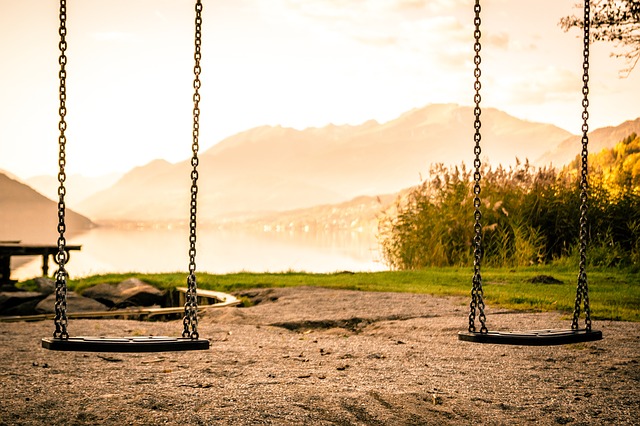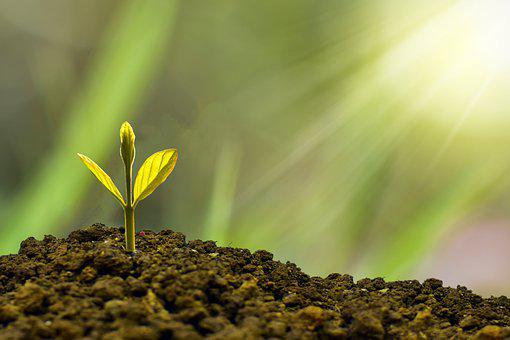Introduction:
In order for a golf course to be built, a lot of land needs to be cleared up just for one. This usually leads to removing a lot of trees, vegetation and involves disturbing and getting rid of natural habitats that may be present over there. Although this happens whenever humans initiate any level of development for any duration or period of time however, in the case of a development to build a golf course, it spans a distance of around 6km on average.
Therefore, it is not surprising that Golf is one of the sports in the world that has a very high negative impact on the environment because of disrupted natural habitats but also mainly because of the high level of water consumption and chemicals used on the golf course.
Negative Impacts of Golf Courses:
- Water Resources: a single golf course on average takes about 440 liters of water per day. This undoubtedly results in a very imbalanced and unsustainable use of the water resources and also often results in underground water reserves being depleted. This is a very serious problem in areas of the Mediterranean and countries like Spain where water scarcity is already an issue.
A golf course uses more water than an average Spanish city for comparison. Constant maintenance on a daily basis for a golf course utilizes a great deal of water that is quite wasteful and the excessive extraction from water reserves can lead to their depletion and contribute to the growing water scarcity. - Salinity Problems: The overconsumption and extraction of water can result in salt water intrusion to the underground water reservoirs which is another environmental problem directly effecting our reserves of drinkable water.
- Use of Fertilizers: Golf courses need to be maintained in a way that ensures that the gold ball slides and moves smoothly hence it requires a great deal of water to make the soil smooth and compact and the grass blades just need to be of the exact height and not too short or too long. In addition they also need to keep the grass green and free from any sort of insects or weed. Hence, to maintain that a lot of chemicals and fertilizers are used. On an average around 1500 kg of fertilizers are used on a single golf course.
Related: Poisonous Pesticides: Harmful Impacts on Humans and Nature - Eutrophication: The excess amounts of water used on these courses combined with the application of chemicals and fertilizers lead to the potential of surface water runoff which has to be removed from the golf course and as a result this water may very likely end in a lake or stream or any nearby water channel or drain system where it can lead to eutrophication or algal blooms. This is very harmful for the aquatic life and the marine habitat in general.
Check out: Eutrophication – Causes, Effects, and Solutions - Loss of Biodiversity: naturally, removal of trees and clearing of land is bound to lead to a loss of homes for various animals and flora however, one done at a level so great as that of a golf course is particularly detrimental.
- Improper land use: Large area devoid of trees- huge deforestation results in a larger carbon footprint and negative carbon sequestration. This directly contributes to the GHG effect.
Check out: Land/Soil pollution – Causes, Effects, and Control
Conclusion:
Golf is a very expensive and exclusive sport and it is often criticized for this reason as well as along with the very expensive equipment needed to play, this sport is also not very environment friendly at all. The large areas needed for each course often causes traffic congestion on main highways as the land is taken up by a golf course and hence can be used. Moreover, the extra care and maintenance of grass using chemicals and water for irrigation is extremely detrimental.
It also contributes to the problem of higher property rates that make it difficult for people to afford land and thereby forcing them to move to the urban areas as the golf course areas are often surrounded by gated country clubs in most of America and Europe. However, in Pakistan as well, there are a few golf courses that cause even worse impacts due to mismanagement of waste water and other impacts are not considered.
A lot of people are even homeless and unable to afford rent or property because of the mere presence of these golf courses in the areas. Golf courses take up around 9% of the land that otherwise could be available for about 5 million people to live on. Compared to the use that same land undergoes when being used as golf course and when or if it could be used for housing people; the difference is clear as day.
The bottom line is that traditional golf course designs are not at all sustainable and environmentally friendly and unless more improved and better designs are put forth, the cost of a golf course both socioeconomic and natural as it includes a huge amount of deforestation as well as improper land use in most cases, golf continues to be a negative impact sport.
I hope you all liked this post! Please comment below if you have any suggestions, comments, or feedback! We at #envpk love hearing from our readers! Thanks!




